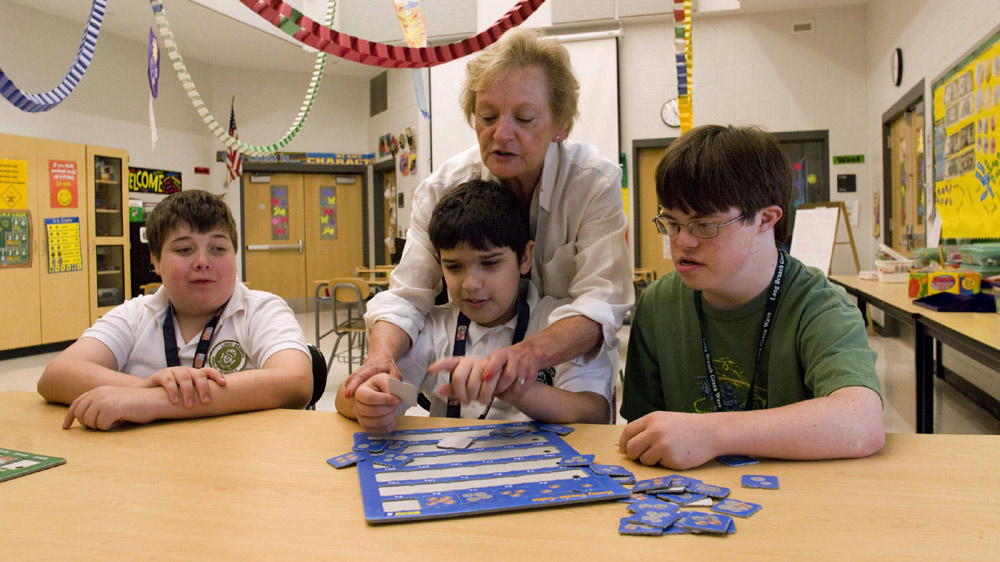Special education is a term that is used to define the mode of education for the students suffering from individual differences and that demand special needs to understand basic concepts. Ideally, it involves a methodically planned teaching procedure, special equipment and materials to impart the best knowledge to students suffering from disabilities — either mentally or physically.
They’re also designed to help the students increase their attitude of self-sufficiently and success to the ones that cannot receive a formal education in a typical classroom. Special education and education systems are designed for the students suffering from conditions like
- Dyslexia
- ADH – Emotional and Behavioral disorder
- Communication Disorder
- Developmental disabilities
Students suffering from one or more of these disabilities often perform better when provided with a special attention like separate classrooms, resource room, the use of technology and also different approaches to the teaching methods. Read more to find out about the different types of teaching methods or special education programs employed to achieve the goals.

Push-in services
These are the first step of services in the special education programs that require nominal intervention between the teachers and the students. It typically includes a specialist — generally a nominal therapist who accompanies the teacher during sessions and classes.
Push-out services
These services are for those people that require a little more special attention when compared to the ones provided in push-in services. They typically include a speech language therapist, occupational therapists or other therapists who generally pull out the students to work in one-on-one group sessions.
Inclusive classrooms
Inclusive classrooms involve those students that are comfortable in a classroom environment. These types of classrooms include students that are suffering from same, or similar disabilities and co-teachers that help them overcome difficulties. Often, some students are also eligible for the pull-out services that provide additional attention to them, using the pull-out services.
Exclusive classrooms
These classrooms are designed for the ones with students suffering from similar disabilities and educational needs. Though, they’re in a traditional classroom environment, the ratio of student to teacher is minimal, hence prevents them from being hesitant while learning.
Specialty schools

These schools are designed for the ones that are suffering from physical disabilities or facing cognitive challenges. These types of students require a lesser student to teacher ratio and will have the advantage of receiving cognitive, occupational and speech services. They also undergo classes to improve the quality of life which could include therapy session, job training, life lessons, etc.
Residential schools
These schools are specially designed for those students that require care around the clock. They have medical needs that need attention and cannot be managed at a home environment. Students in these programs often undergo various types of services, treatments, therapy sessions, and also formal education depending on their learning ability. Since, they’re residency schools, the student to teacher ratio is quiet high, and however, this does not prevent the students from receiving individual and special attention.
